For Swiss luxury watchmaker TAG Heuer, racing colours run deep. Ahead of a blockbuster 2025 Formula 1 season, the La Chaux-de-Fonds maison returns to the grid and this time around, it isn’t cloaked in Rosso Corsa red or papaya orange.
There are few partnerships in world sport that feel as harmonious as that of Formula 1 (F1) and TAG Heuer. Two entities from completely different worlds, both lauded for their groundbreaking nature, brought together under the singular goal of premier performance—it’s the kind of fairy-tale romance you’d expect to see in a Hollywood blockbuster.
Like any great love story, it’s a tale of reconnection. With TAG Heuer reclaiming its role as the official timekeeper for Formula 1’s historic 75th anniversary season, the iconic watchmaker and the world’s most prestigious motorsport competition are poised to write a bold new chapter in this remarkable story.
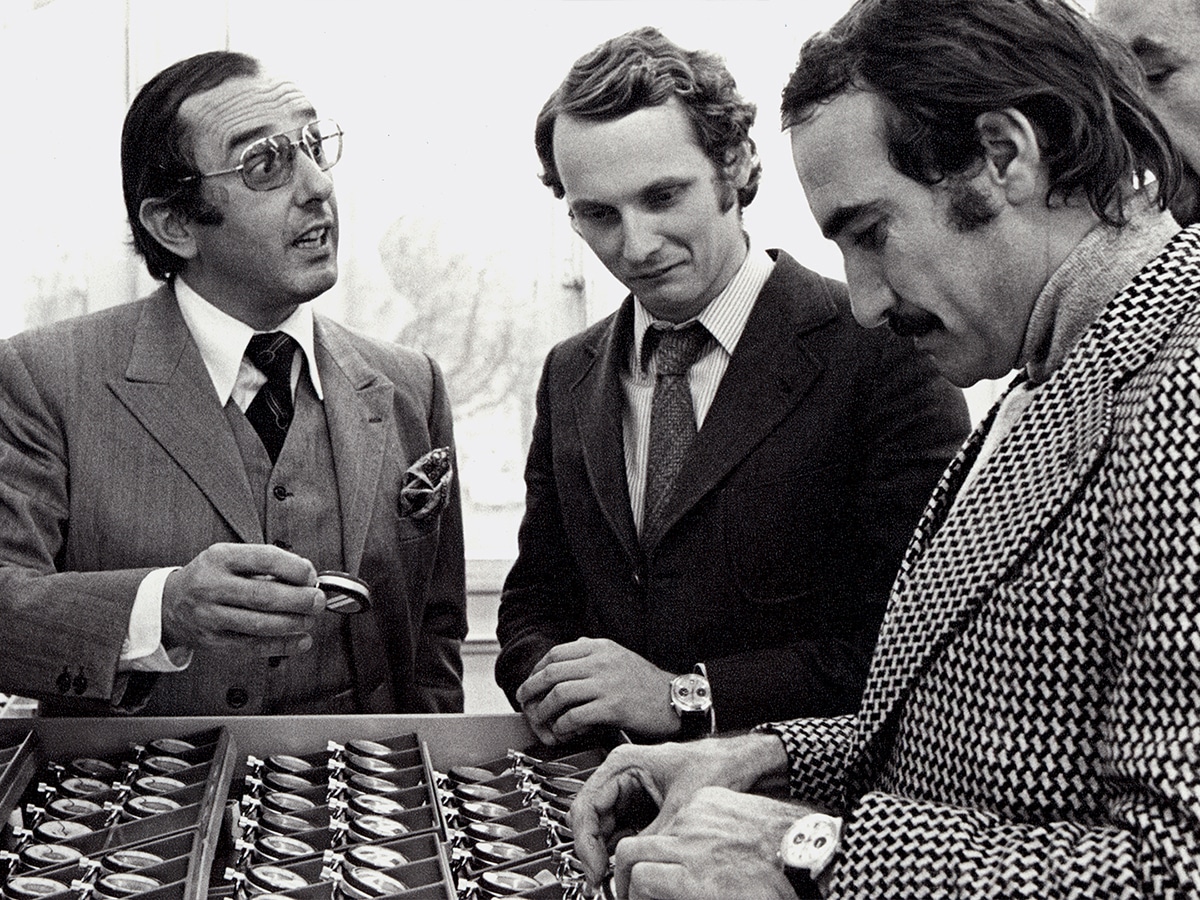
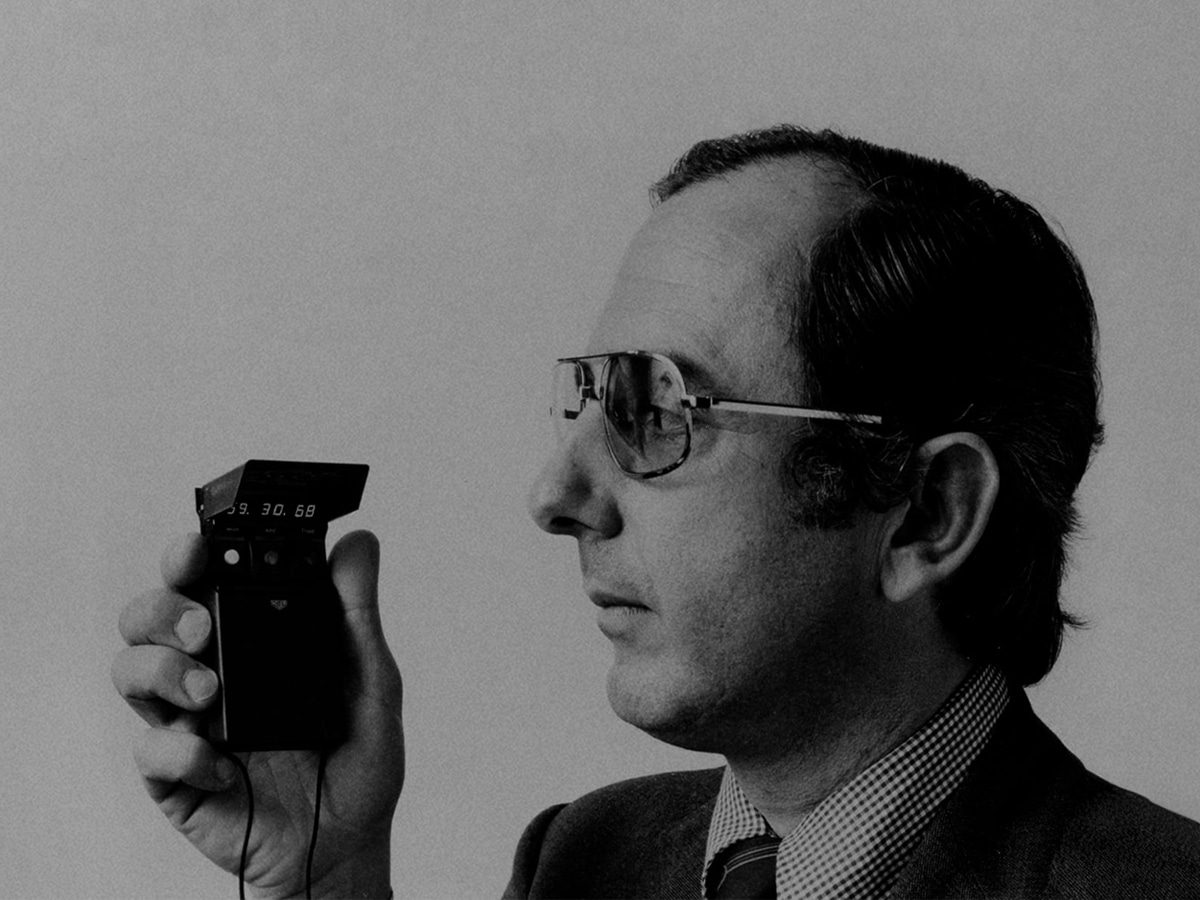
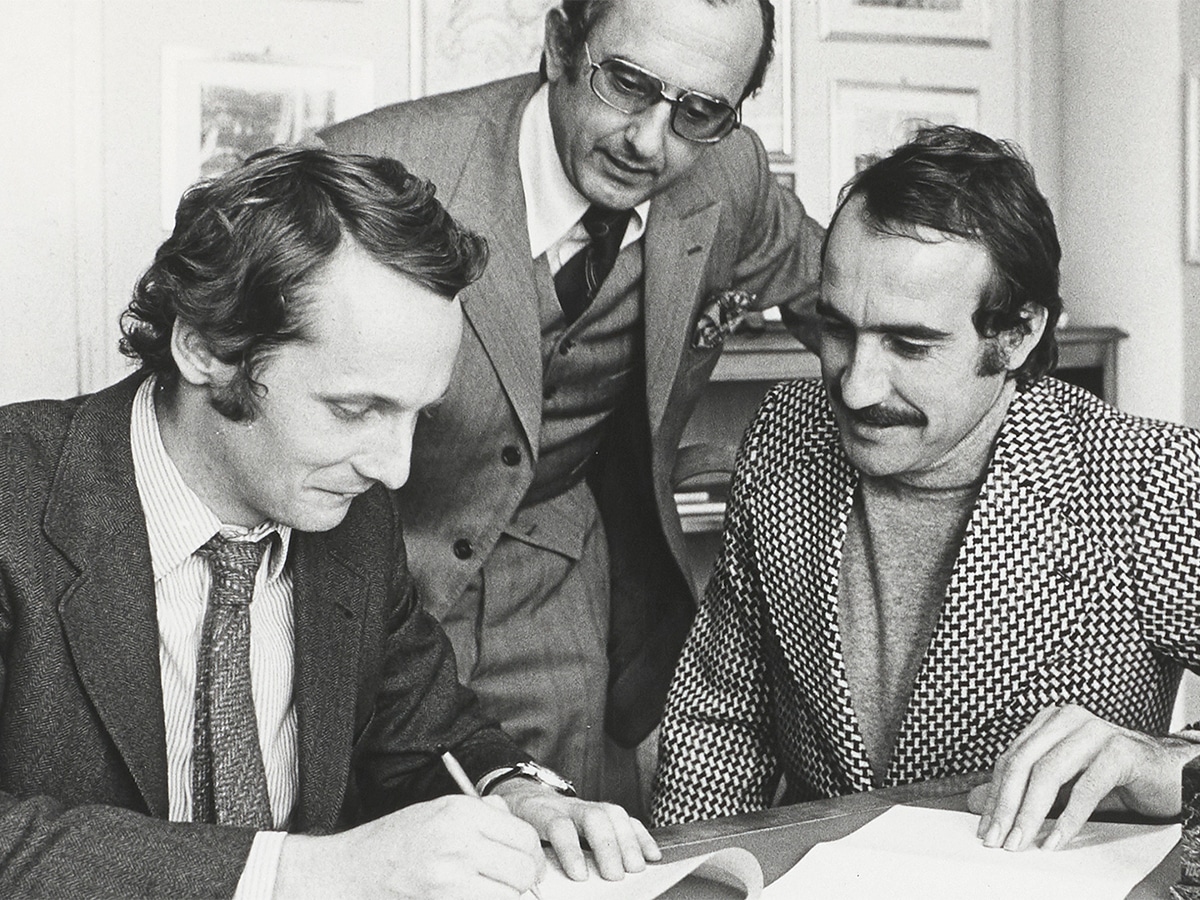
The Birth
When retracing the lineage of the watchmaker’s ties to motorsport, you inevitably land on one name—Jack Heuer. The visionary force behind some of the maison’s most iconic timepieces, Jack was instrumental in signing then-unknown Fribourg driver Jo Siffert as a key brand partner in 1969. A world-first, the driver sponsorship would see Heuer pieces become staples on the grid, both in F1 where Siffert drove for Rob Walker Racing in his Lotus 49, but also in the endurance space. As TAG Heuer heritage director Nicholas Biebuyck explains, Siffert famously drove the Gulf livery 917 at Le Mans, a move that would ultimately result in Hollywood superstar Steve McQueen wearing the Monaco in a film of the same name.
“We had an absolutely incredible run of launches around that time,” Nicholas tells me. “In 1963, we see the birth of the Carrera, ‘68 Camaro, and in 1975, we see the Chronosplit—our first digital watch. Where some brands struggled to build one iconic name, we have a dozen plus across this period.”
According to Nicholas, it was Jack Heuer’s driving clarity of vision that brought his family’s watch brand into the modern era and onto the race track, and it all started with the Carrera. Jack’s first-generation model, reference 2447 S released in 1963, helped define the brand’s unique sense of savoir-faire. Clear and crisp, with highly legible numerals and a focus on accuracy under duress, the original Heuer Carrera was the model that set the wheels in motion. What followed was just as exciting.
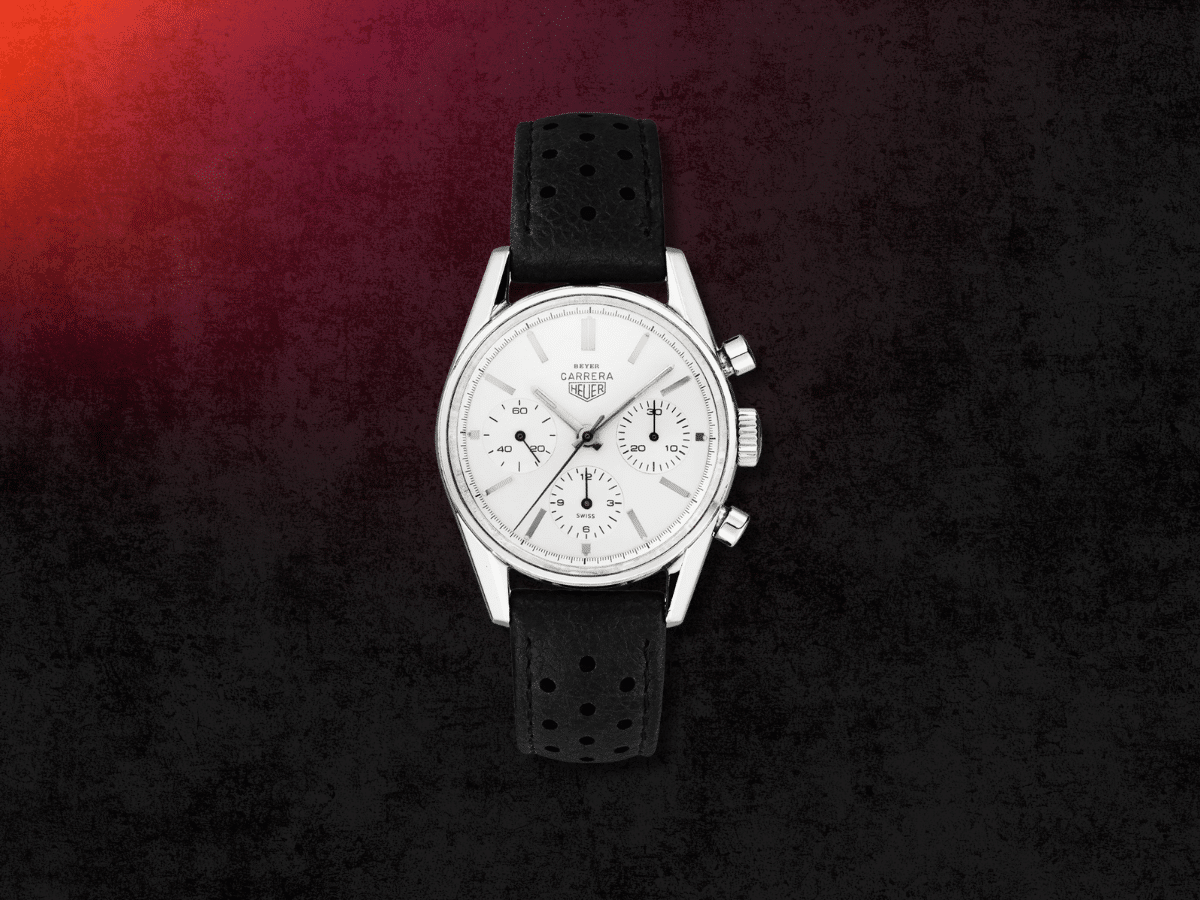
1963 Heuer Carrera Ref.2447 S
Model: Carrera
Reference: Ref.2447 S
Year: 1963
Diameter: 36mm
Thickness: 12.25mm
Movement: Valjoux Calibre 72
The success of the racing-inspired Carrera saw Heuer dive further into the world of motorsport, fusing Jack’s passion for high-octane adventure with ‘clear, clean’ design. On the 3rd of March, 1969, the triptych of creativity hit its apex, with Heuer unveiling the automatic Carrera, Monaco and Autavia collections. The latter proved to be a milestone release, marking the first timepiece to feature the groundbreaking Calibre 11 (with 17 jewels) movement. Robust and defiant, the original Heuer Autavia quickly became a staple on the F1 grid, famously adopted by drivers Jo Siffert and Mario Andretti.
“It’s an incredibly important model for us,” Nicholas explains. “Reference 1163 was a totally new design and this incredible C-shaped case signalled a new design direction for the 1970s that played on space-age ideas and aesthetics.”
“It’s kind of an underappreciated model, and when you dig into it, it’s even more fascinating. The Carrera and the Monaco are really tied to motor racing, but the Autavia deserves more recognition. It was fully instilled with the driving spirit as well.”
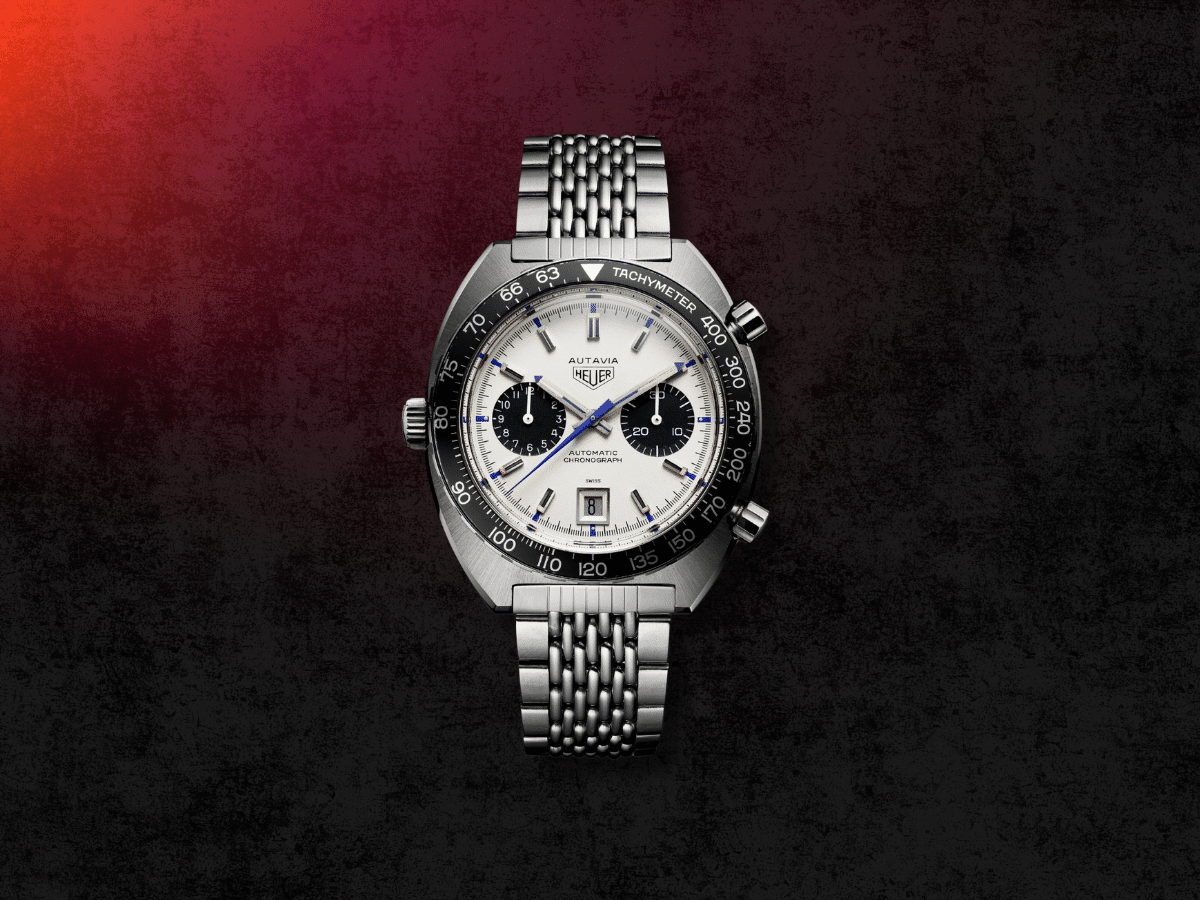
1969 Heuer Autavia Ref.1163
Model: Autavia
Reference: Ref.1163
Year: 1969
Diameter: 42.5mm
Movement: Calibre 11
Recognising a shared passion for precision timekeeping, Jack Heuer saw motorsports as the future of his namesake brand. So when Formula 1 team Scuderia Ferrari went looking for a timing instrument provider in the early 1970s, the Heuer chief was quick on the scene.
“Around 1970, Ferrari had had a very bad run in Formula 1—they’d last won the World Championship in 1964. So, wanting a clean slate, Enzo bought in the Mauro Forghieri’s-designed 312, a new driver lineup and went looking for a timekeeping specialist,” Nicholas says.
“TAG Heuer was renowned in that period for being the world leader in timekeeping equipment,” he continues. “Just a few years earlier, in 1966, the brand had launched the Microtimer—the first device accurate to 1/1000th of a second that was commercially available. So Jack went down to Maranello with our then head of digital timekeeping, who spoke fluent Italian, and came up with this new device that was based on a piece of equipment we’d already developed called the HL205, the centigraph.”
The timekeeping instrument, coupled with the subsequent arrival of Luca di Montezemolo and Mauro’s 312 engine, would prove incredibly successful. Over the next eight years, the Scuderia Ferrari partnership would result in three Driver’s Championship titles and a rather remarkable Chronosplit special edition timepiece. But as the 1980s dawned, things changed.
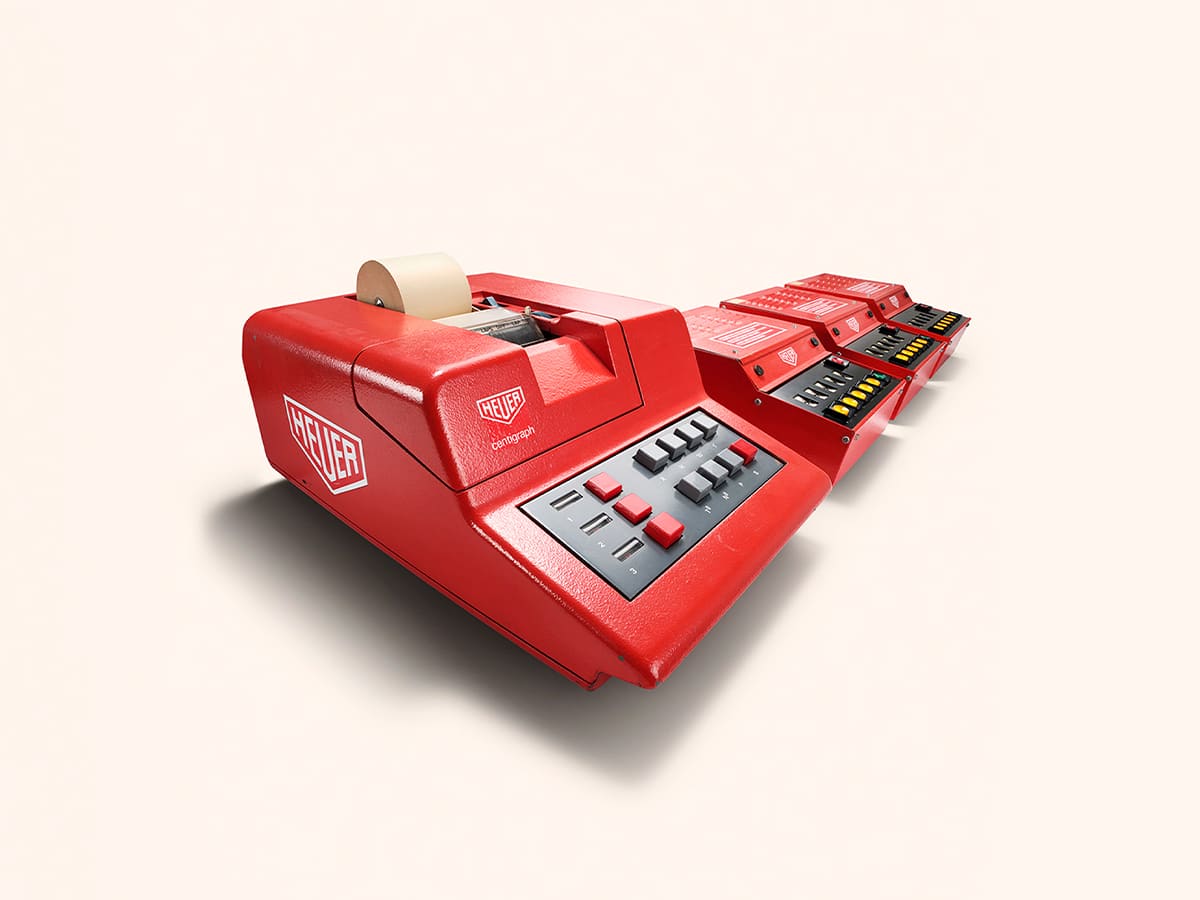
The Quartz Era
The arrival of a new decade saw an end to the Scuderia Ferrari partnership and the birth of the quartz movement crisis. For Heuer, the industry turmoil meant new ownership. The maison was acquired by Piaget in 1982 and just three years later, a deal was brokered to sell Heuer to Techniques d’Avant-Garde Group (TAG).
“It was a kind of weird and wonderful time for the watchmaking industry,” Nicholas explains. “Everyone towards the end of the ’70s really struggled with the quartz crisis, and, of course, Heuer found itself caught up in all of this.”
What should have been a period of upheaval and unrest, however, proved to be a defining moment in Heuer’s history. The design team was granted a never-before-held licence to create without restrictions, and the integration of a newly engineered thermoplastic known as Arnite allowed for almost unlimited use of colour. What resulted was a new collection of beautiful and revolutionarily accessible quartz watches. And with new owner TAG deeply entrenched with McLaren Racing, only one name seemed fitting.
“At that time, TAG owned McLaren, and Heuer had been super present in Formula 1,” Nicholas says. “So what’s the name that they land on for this new watch? It’s Formula 1, and it’s kind of a miracle that we were allowed to use the name in that period.”

1986 TAG Heuer Formula 1 Collection
Model: Formula 1 Collection
Designer: Eddy Burgener
Diameter: 28mm / 34mm
Case: Stainless Steel coated in Fibreglass
Movement: Harley Ronda SA 705 / ESA 965.312 module
Released in 1986, the original TAG Heuer Formula 1 Collection marked a bold new direction for the brand. A quartz-powered timepiece with a vibrant colour scheme and fibreglass construction, it was unlike anything that Heuer fans had seen before, but beneath its innovative surface, a racing heartbeat remained. The response was overwhelming.
“It’s just incredible that the Formula 1 Collection somehow perfectly hit the wave at the exact moment, and, commercially, it was a massive hit,” Nicholas says. “What fascinates me is how this newly rebirthed phoenix-from-the-ashes watch brand managed to resonate with the cultural zeitgeist in such a way. We sold more than three million watches over the next 10 years in the original format.”
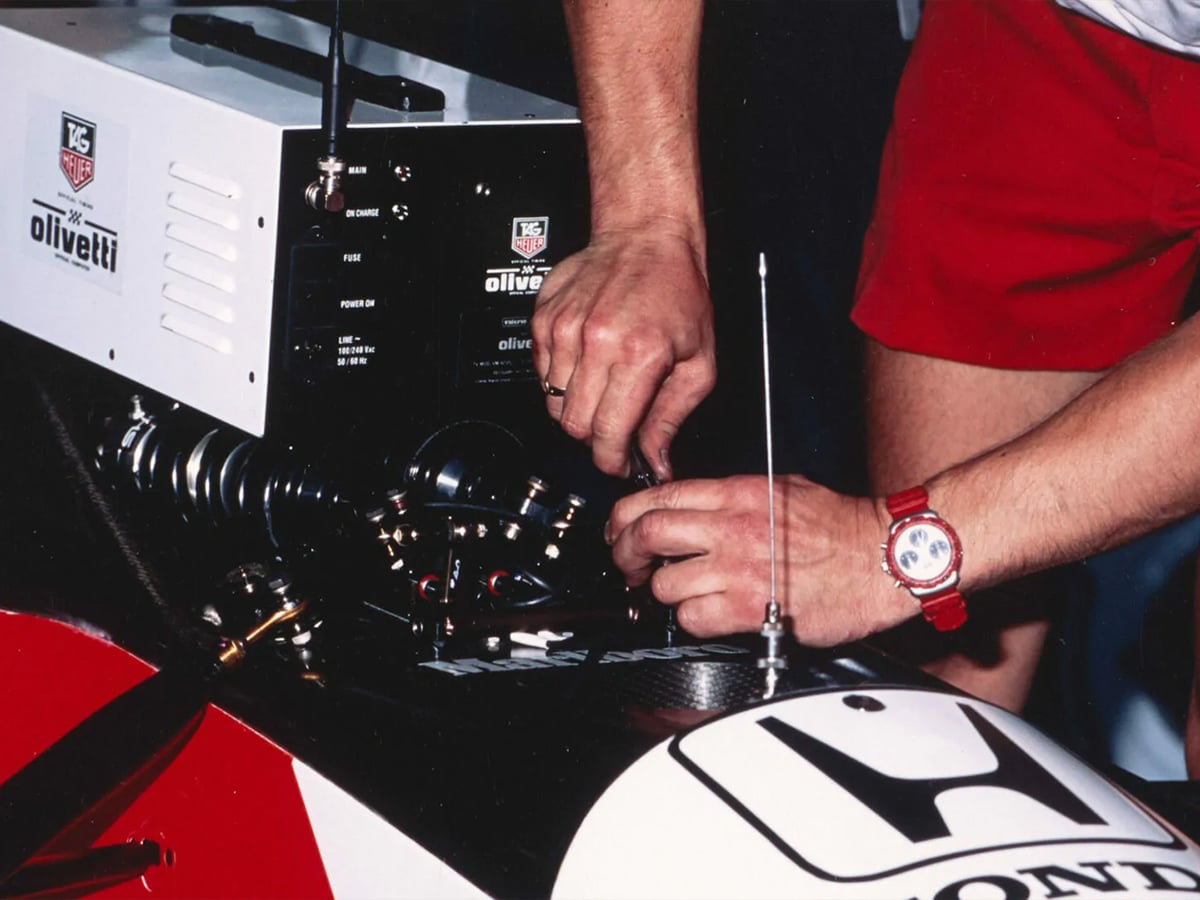
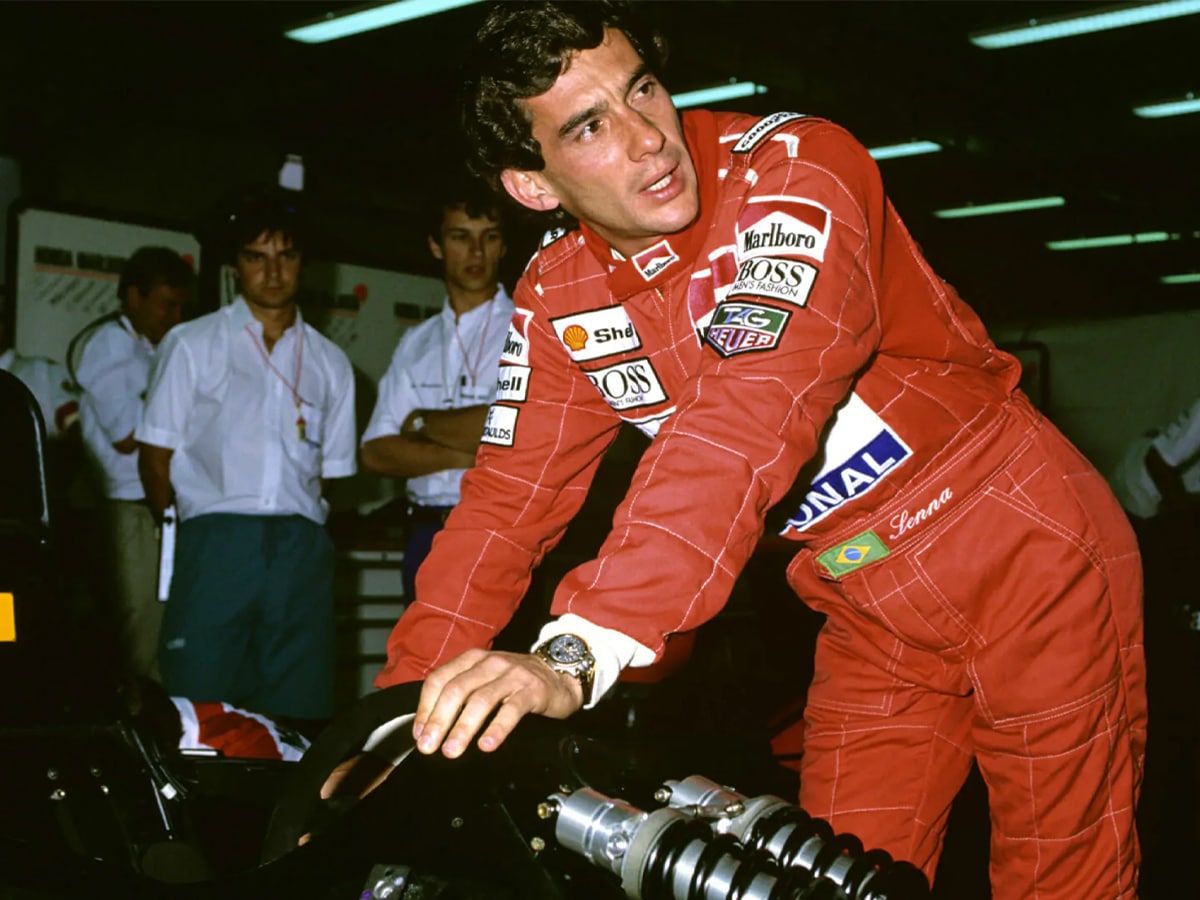
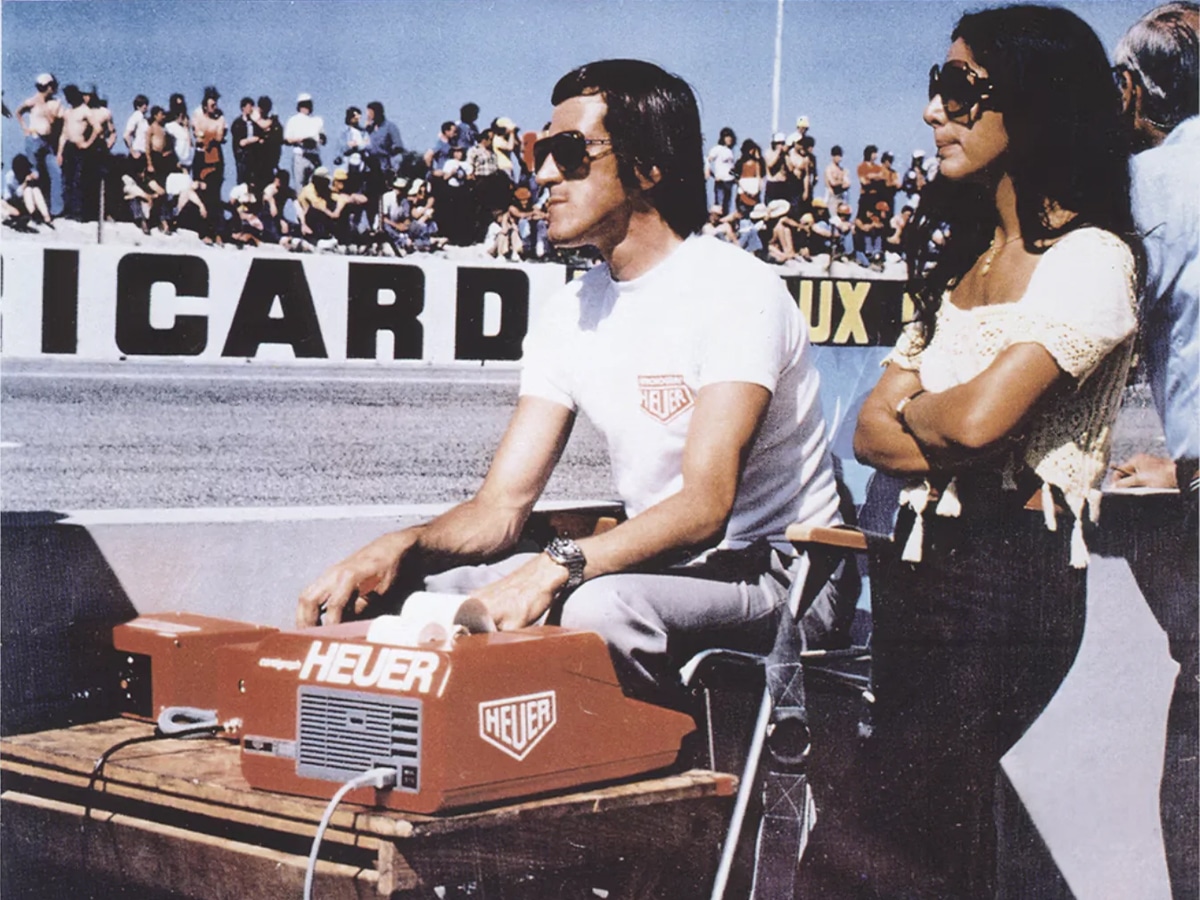
A Matter of Timing
The timing was impeccable. Heuer’s return to the grid, albeit under a new name, coincided with the ascension of Brazilian racing dynamo Ayrton Senna, who would join the papaya orange livery just two years later. The beguiling persona, revered for his commitment to pushing the boundaries, set a new, youthful tone for F1, and TAG Heuer was right there through all of it.
As Nicholas explains, the McLaren partnership, which ran from 1986 to 2016, was a “very special relationship” for TAG Heuer. Not only did it reinforce the brand’s ties to the sport, but it also opened doors for more prestigious titles. “We look at Senna in ’88 joining the team and, of course, from ’89 wearing our watches… but in the middle of all of that, from 1992 to 2003, we were the official timekeepers of Formula 1.”
As the TAG Heuer heritage director outlines, while two decades may have passed since the brand stepped out of that position and allegiances have undoubtedly changed (the brand became the major sponsor of Oracle Red Bull Racing in 2016), a return to the timekeeping role was always on the radar. So, when the opportunity arose earlier this year, TAG Heuer took it with both hands.
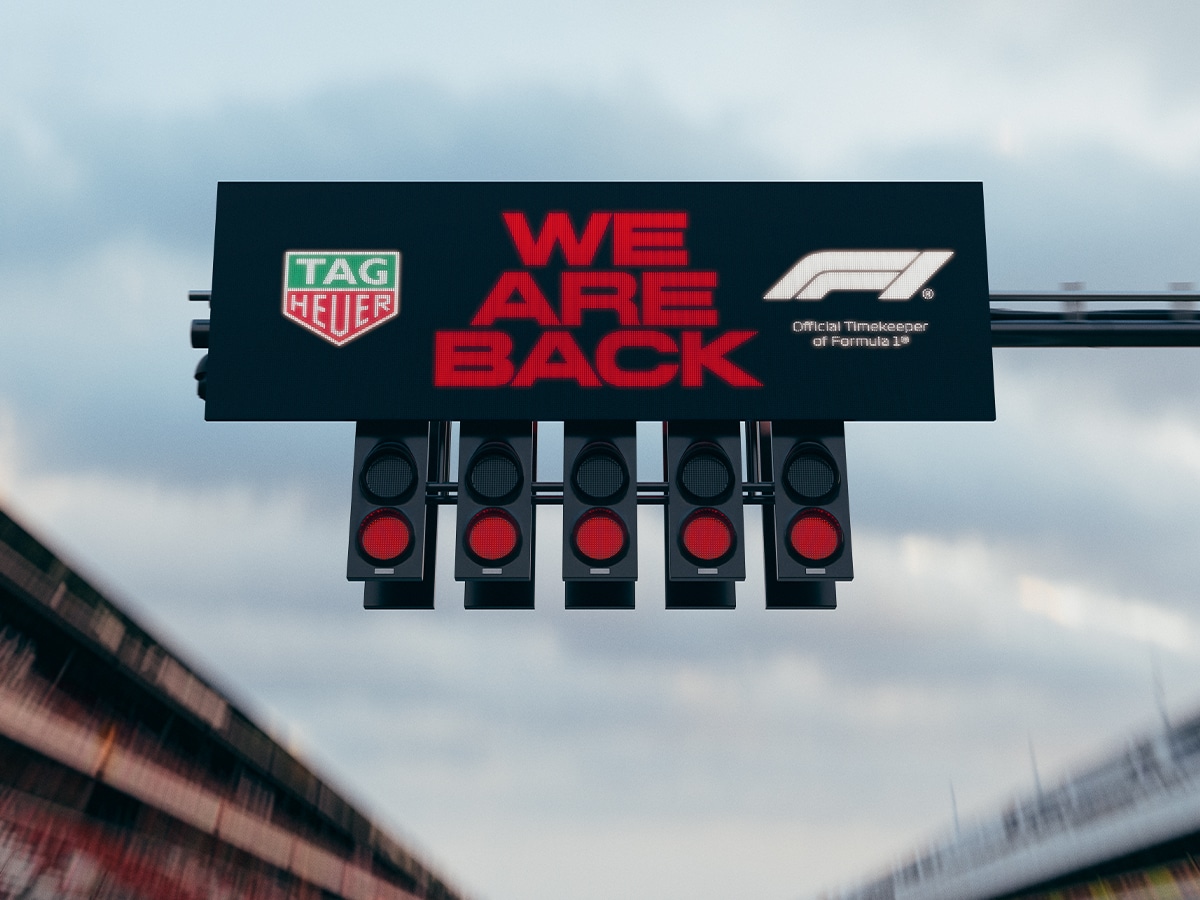
The Return
With an emphatic statement that simply read ‘We Are Back’, TAG Heuer’s return to F1’s most prestigious responsibility sent shockwaves through sporting circles. Revealed in January, the announcement coincided with news that the watchmaker would serve as the title partner for the fan-favourite Monaco GP.
As CEO Antoine Pin explained at the time, the new chapter of the multi-decade story between TAG Heuer and Formula 1 will see significant presence both on and off the track through trackside branding, Fan Zone and Paddock Club activations. Most importantly, it was ushered in with a remarkable new addition to TAG Heuer’s range sporting a familiar-sounding name.

2025 TAG Heuer Formula 1 Chronograph
Model: Formula 1 Chronograph
Reference: Ref.CBZ2085.FT8093
Case Material: Grade 2 titanium
Diameter: 44mm
Thickness: 14.5mm
Movement: Calibre 16
Power Reserve: 42 hours
Water-Resistance: 200 metres
Price: AUD$7,300
Building on the foundations laid down by Jack Heuer himself, the 2025 TAG Heuer Formula 1 Chronograph continues a legacy of precision and performance. The latest timepiece to join the fabled collection arrives in a 44mm titanium grade 2 case inspired by the ultra-lightweight vehicles that dominate motorsport.
With a black opaline dial highlighted by a red lacquered track, the timepiece is said to evoke the ‘kinetic speed of a race’. Moreover, the luminescent hands and indexes provide optimal readability, even in low-light conditions, while the Calibre 16 automatic movement ensures high performance and accuracy. In a very real sense, it’s a nod to Jack Heuer’s vision for the ultimate racing timepiece, brought to life 50 years after his inaugural partnership.
“When you do a deal like this as a company, it’s a chance for you to reflect on who you are and really understand what you represent.”
“For me, it’s such a cool thing that we have it and to have this kind of gateway into the world of horology for average consumers,” Nicholas reveals. “It really is an amazing part of our history. Think of the number of people who see this extremely colourful watch, fall in love with it and slowly but surely, become passionate about this world. We just need to get more people into this, particularly from a wider spectrum of backgrounds, and if the Formula 1 collection can help to achieve that, then fantastic.”
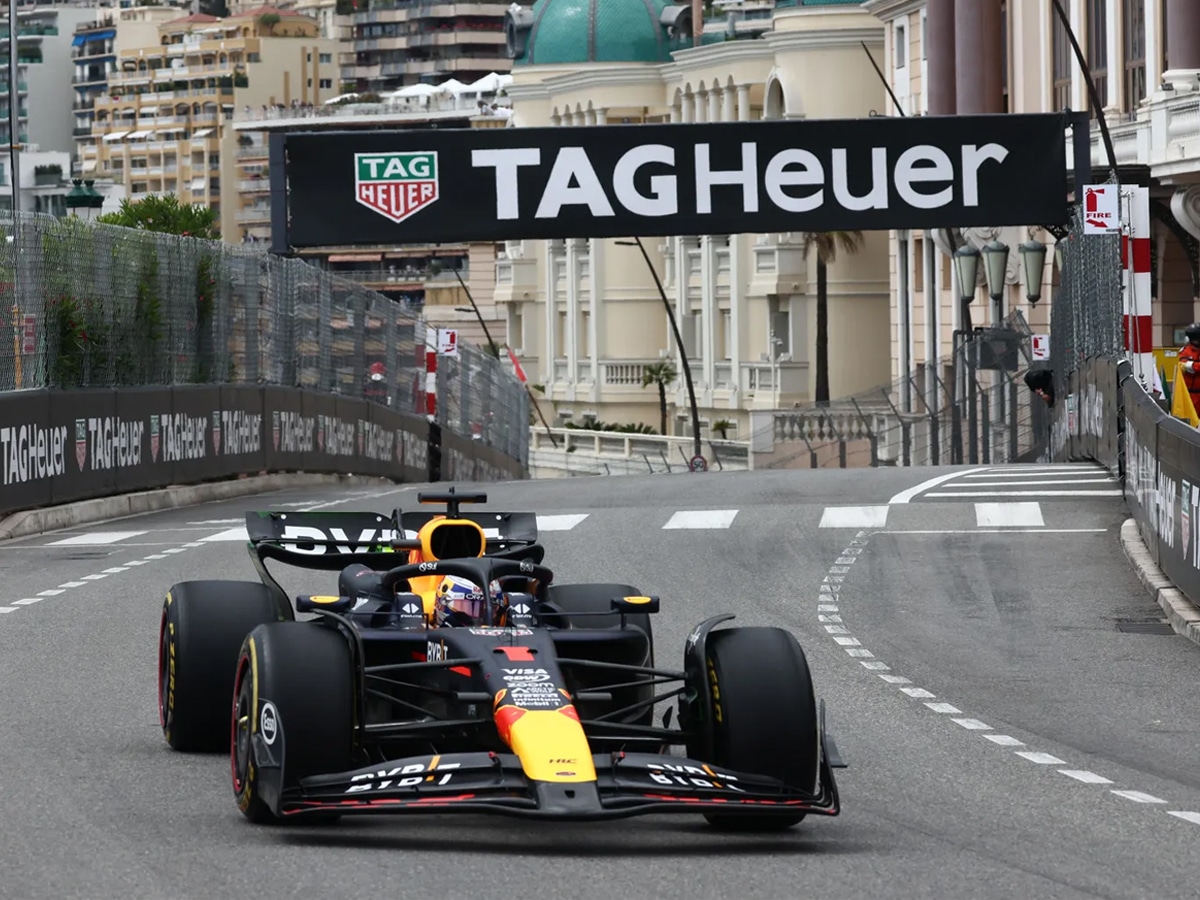
An Australian Revival
Just as TAG Heuer finds itself back in a familiar position, so too does the Australian Grand Prix. After playing second, and sometimes third, fiddle to Bahrain and Saudi Arabia in recent years, the Albert Park race is back in its traditional opening round fixture. For Australians, the return of the season opener is particularly special. Following on from the success of local legends like Jack Brabham and Daniel Ricciardo, the 75th anniversary season will see more Aussies on the grid than ever before.
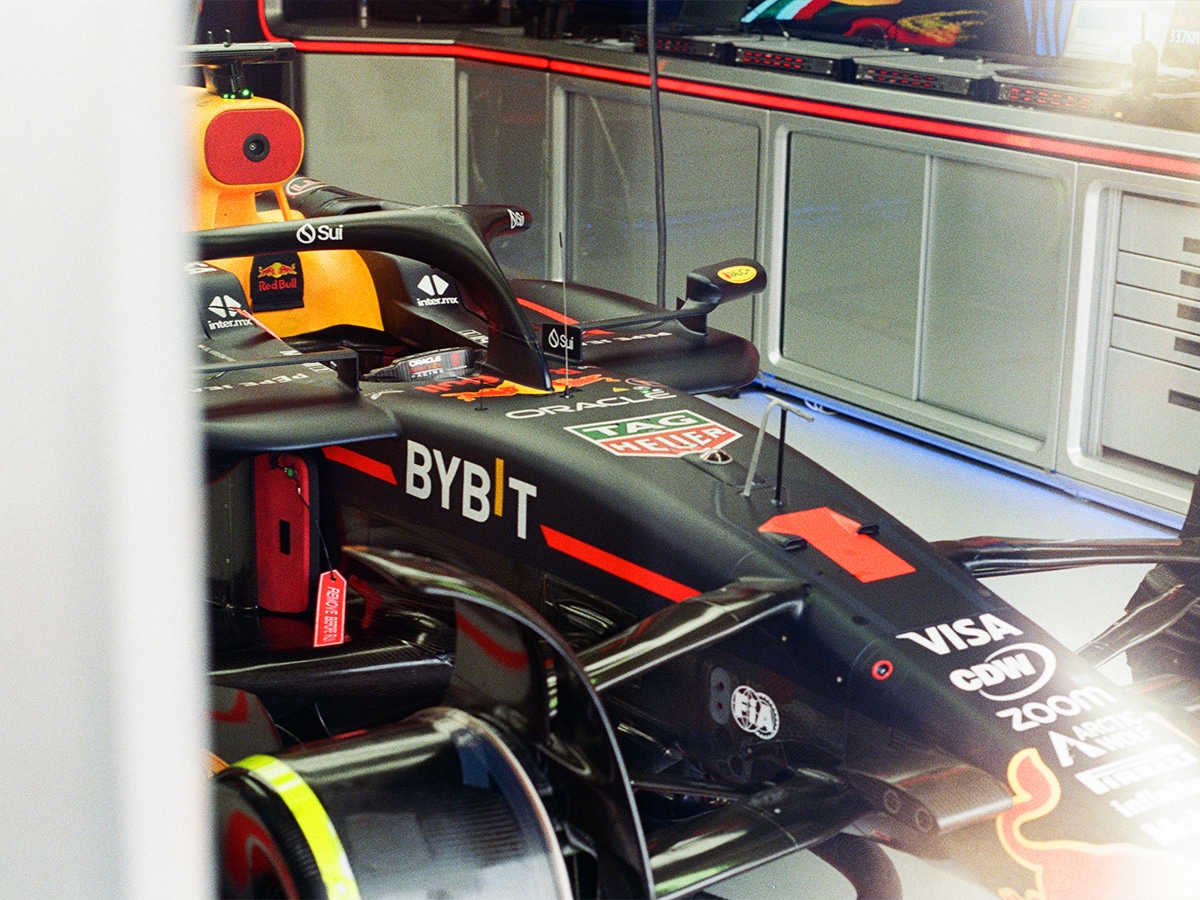

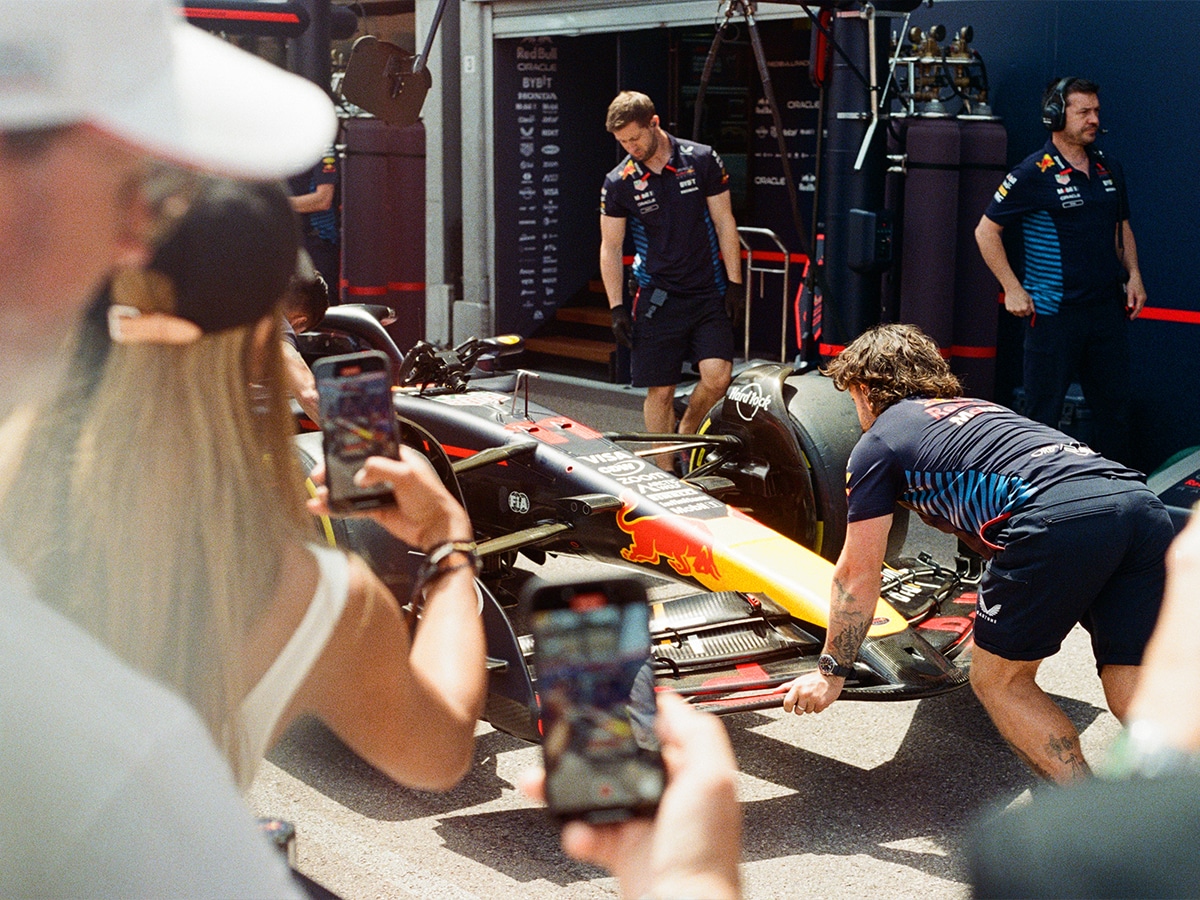
A Moment to Savour
As Nicholas so aptly puts it, there is no substitute for legitimacy. Seventy-five years after the birth of Formula 1 and more than five decades on from Jack Heuer’s stroke of marketing genius, the stars have realigned. Melbourne is back to its traditional opening round fixture, new legacies are taking shape, and TAG Heuer has once again reclaimed its spot on top of the podium. Make no mistake, when the green flag is finally lifted on March 13 at Albert Park, it will be a moment to celebrate—a moment, according to Nicholas, where everything is back in its rightful place.
“For me, TAG Heuer is motorsport, TAG Heuer is Formula 1,” the heritage director proudly declares. “For all the attempts that other brands have made to emulate our presence in sport, they never will. It’s as simple as that.”
In January 2025, TAG Heuer was named the official timekeeper for Formula 1. The multi-year deal kicks off in March at the 2025 Australian Grand Prix in Melbourne, launching with a suite of localised activations and new brand signage, both on-track and across the city. Furthermore, the watchmaker became the first-ever title partner for the legendary Monaco Grand Prix, further solidifying TAG Heuer’s legacy in Formula 1.


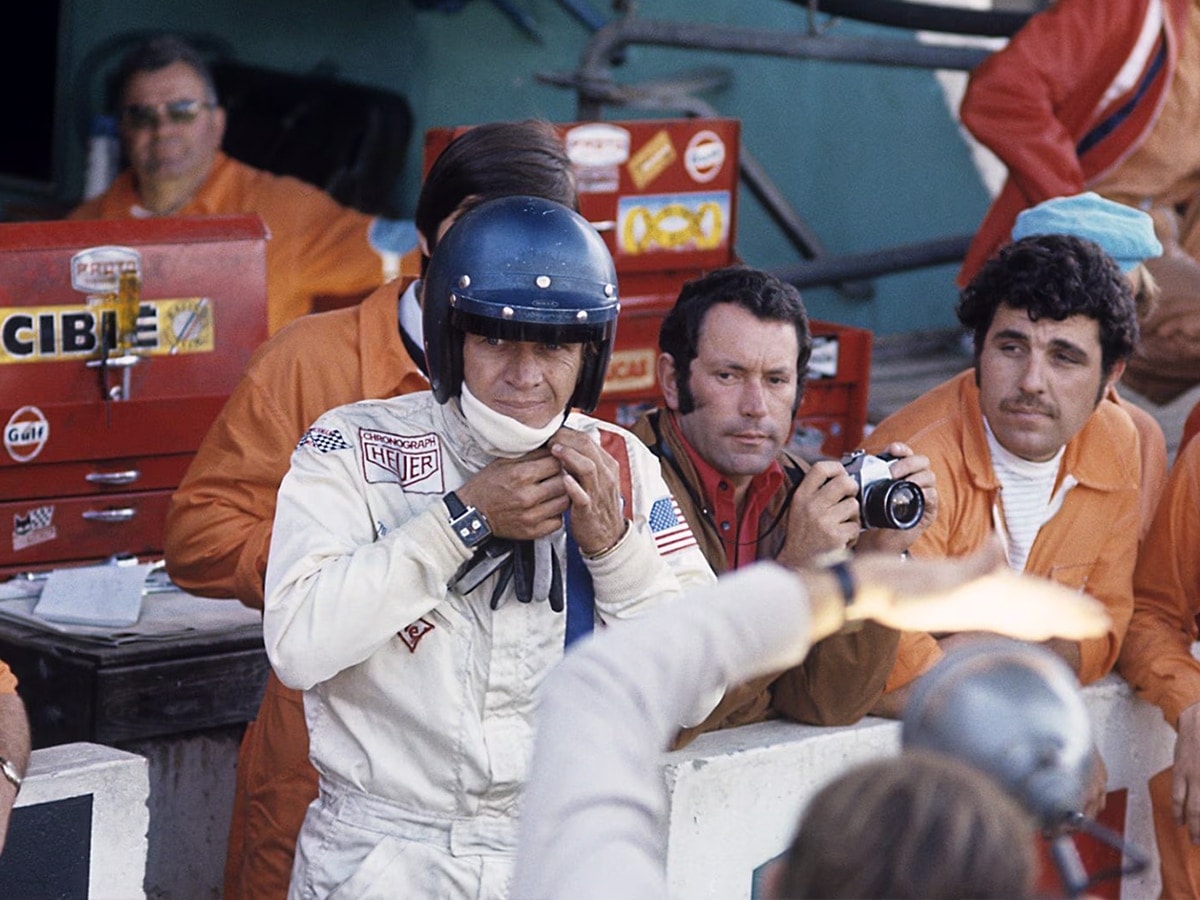


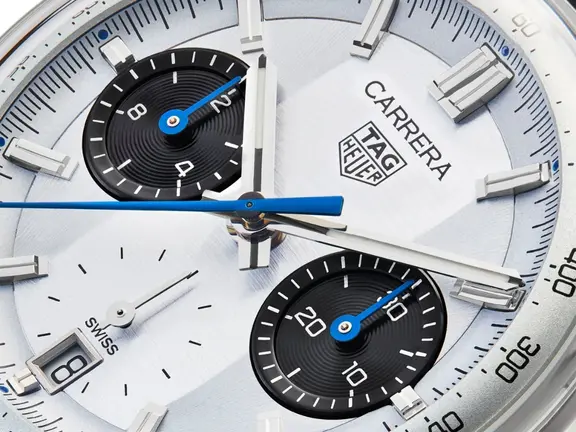
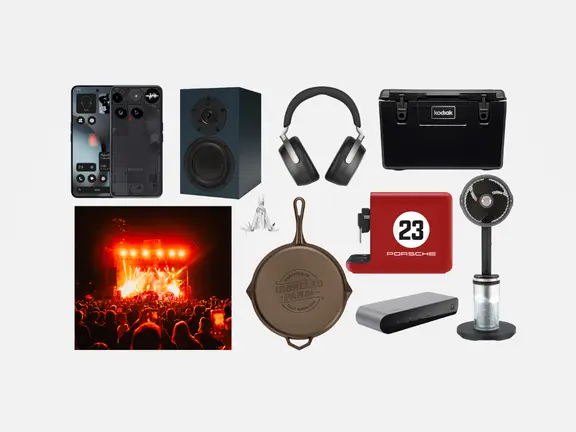
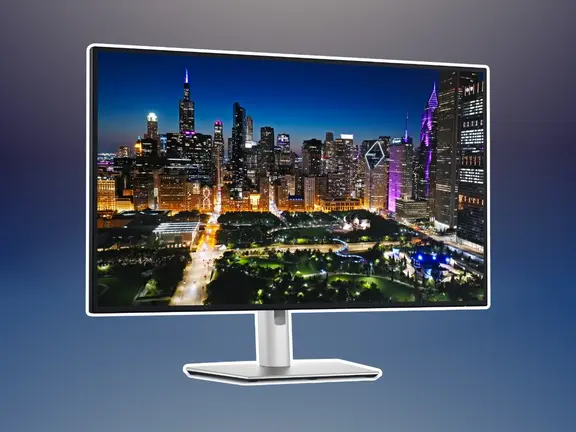



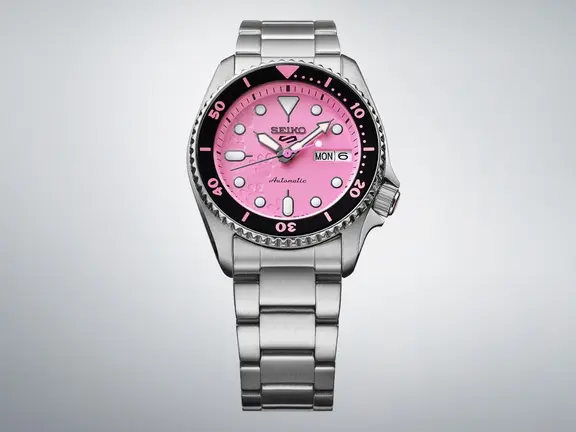
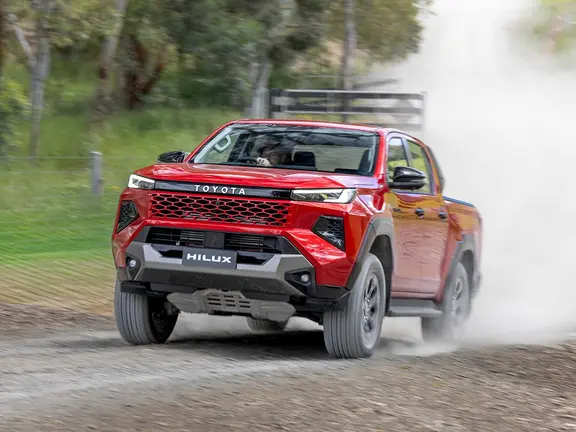




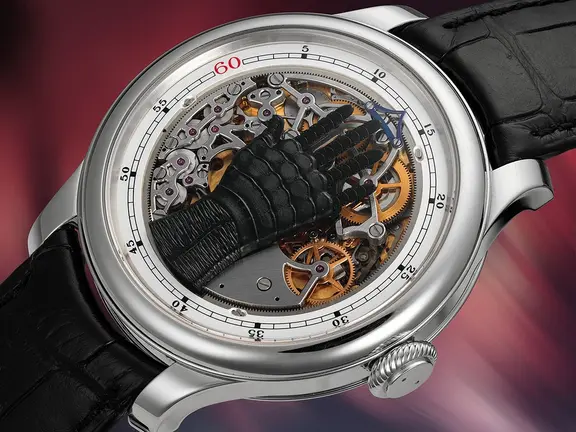

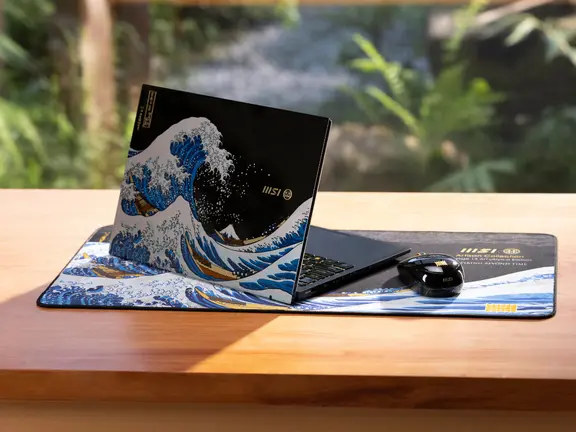
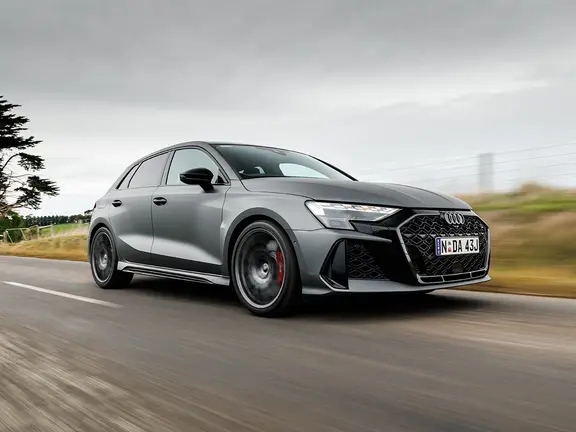







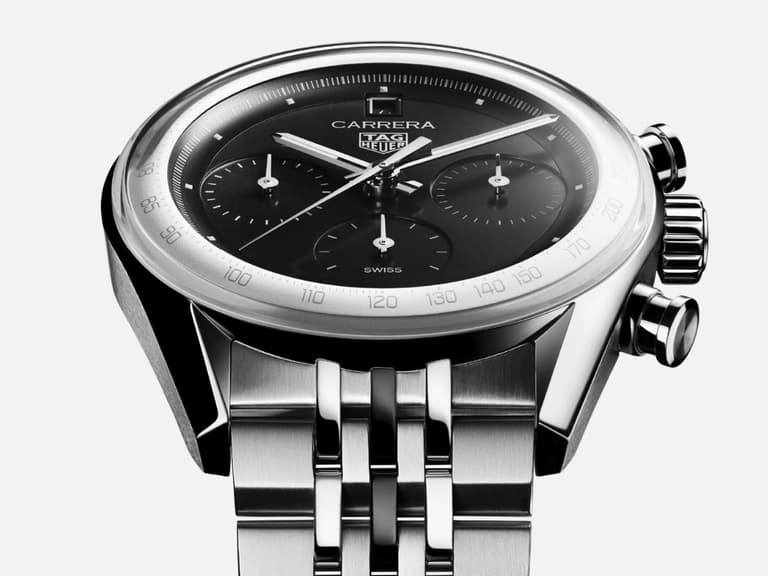
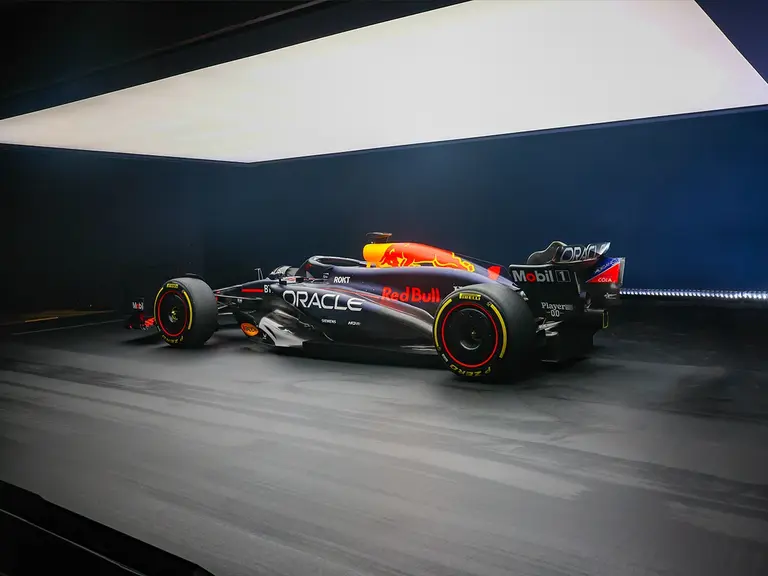
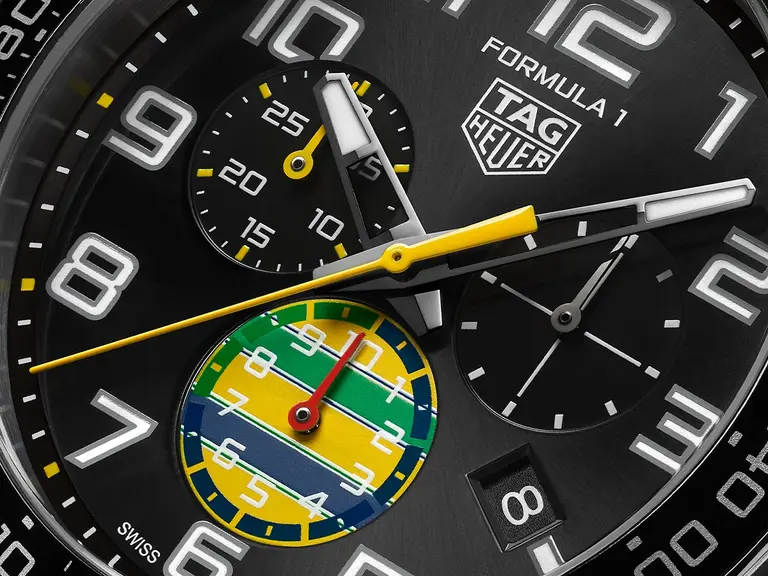

Comments
We love hearing from you. or to leave a comment.